A new episode of our Tech Q&A podcast series has landed and this week senior technical editors Warren Rossiter and Tom Marvin are on hand to share their wisdom.
With another senior technical editor Alex Evans as your host, the senior tech team discuss downcountry electric mountain bikes, what to wear in changeable conditions and when to replace your mountain bike helmet.
Listen to the full episode below – or read on for a summary of Warren, Tom and Alex’s answers.
How often should I replace my helmet?
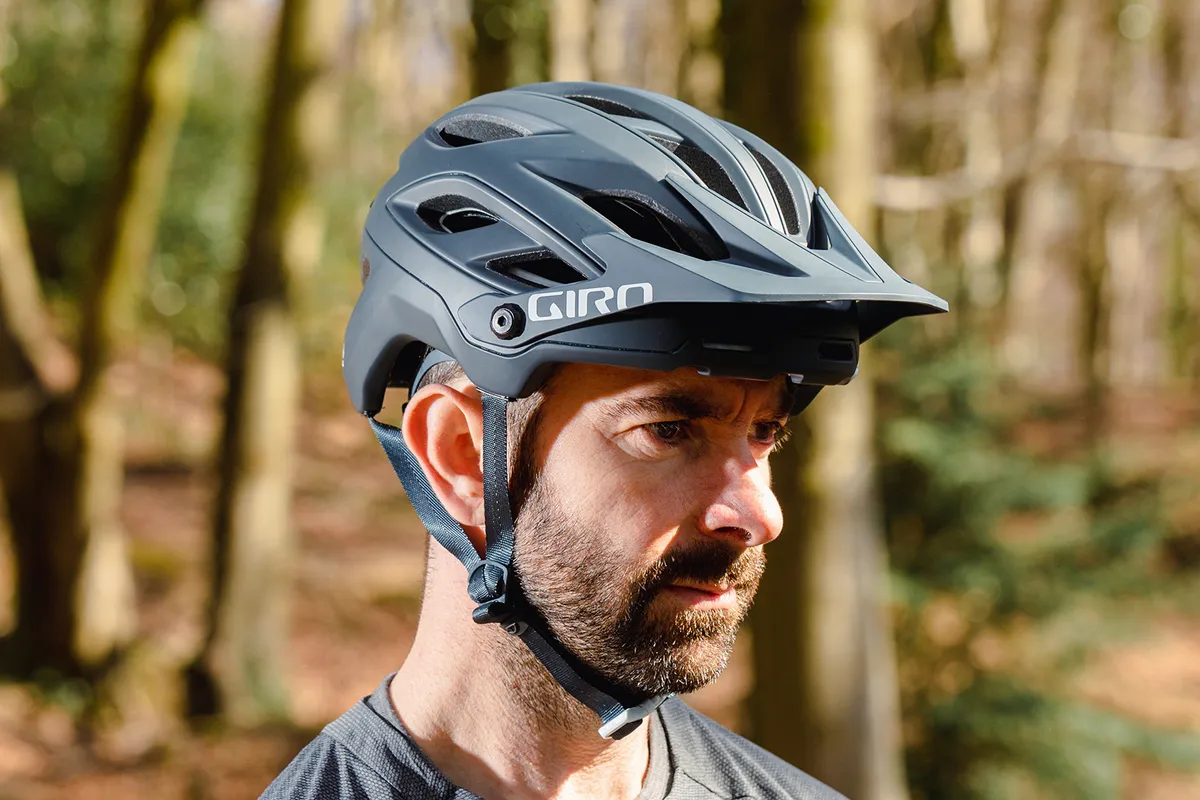
Tom: “It is worth replacing mountain bike helmets on a fairly regular basis.
“The materials within the helmet, such as the glue, EPS foam and padding inside, can lose their efficacy over time, as a result of contact with water, sweat and cleaning products.
“However, modern helmets are safer and retain those safety levels for longer.
“If you’ve had a crash and hit your helmet, you should replace your helmet if you can’t see any damage.
“A lot of companies have crash replacement policies.
“Most companies recommend replacing helmets every three to five years assuming it hasn’t been crashed.
“Don’t feel you have to spend hundreds of pounds, because some of the best helmets, and the safest, are not the most expensive.”
How important is stiffness for race bikes?
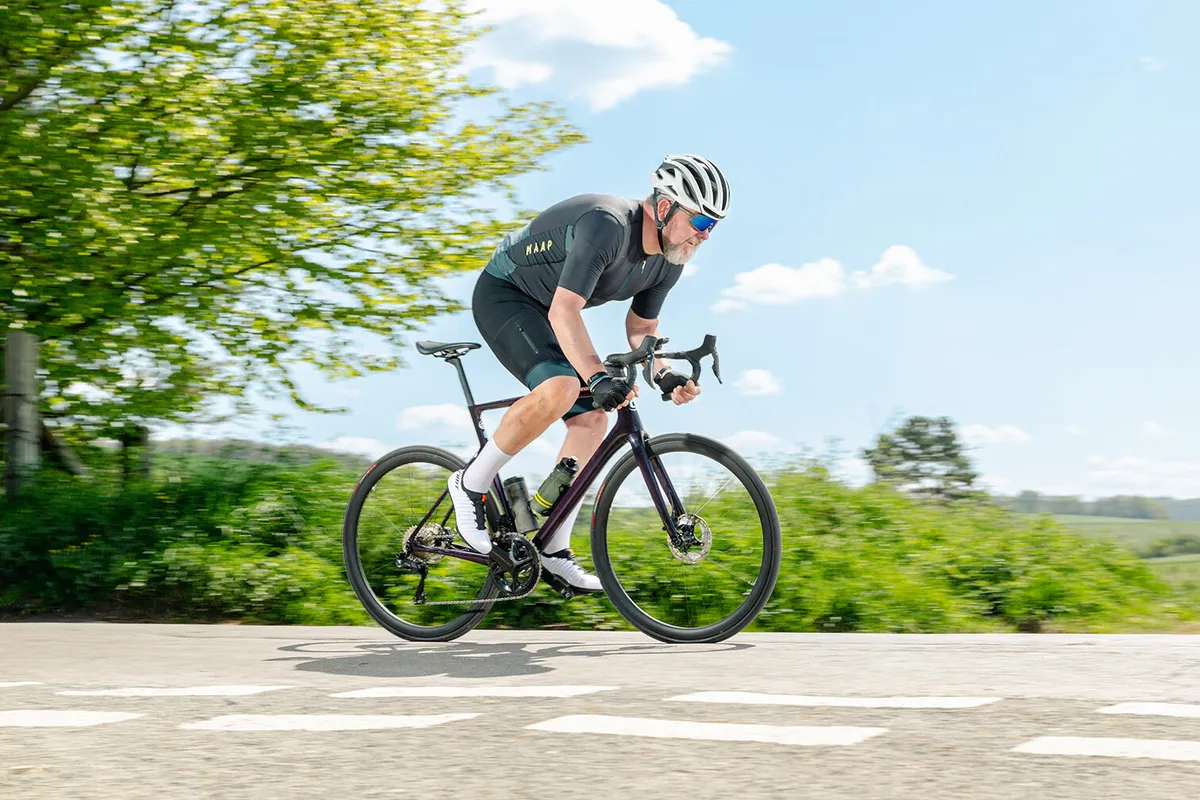
Warren: “Stiffness in carbon road bikes is ample. It’s about where the stiffness is focused.
“There needs to be a lot of lateral stiffness in the bike’s chassis. Otherwise, in an extreme example, the front and back wheel won’t point in the same direction and that has a detrimental impact on handling.
“You want a frame to have stiffness in the head tube, the fork to keep steering keen, your stiffness through the down tube into the bottom bracket and out through the chainstays.
“That’s the key to handling and pedalling efficiency.
“Too much stiffness has a detrimental effect on comfort.
“The race bikes I think best balance stiffness, comfort and weight are the Giant TCR, Cannondale SuperSix Evo and Specialised Tarmac.
“Recently, I’ve been impressed by the Cervélo Soloist, Merida Scultura and Colnago C68.”
Which lightweight, short-travel, electric mountain bike do you recommend?
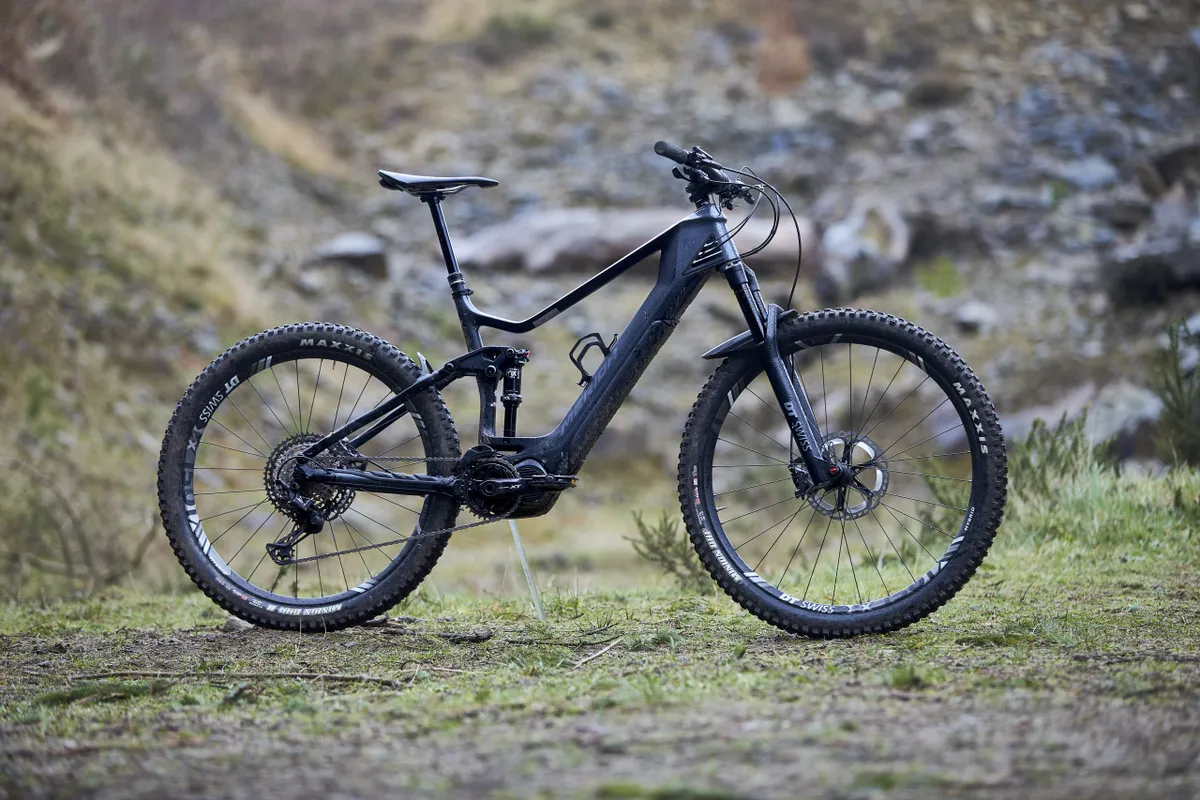
Tom: “The Orbea Rise with 140mm of travel is the obvious choice, but there are other options.
“My recommendation at the top of the market is the new Pivot Shuffle SL.
“It has 130mm of travel at the back and is built to be nice and lightweight.
“The top build has 140mm of travel on the fork.
“The Merida eONE-FORTY has 140mm of travel front and back.
"Cube has a 120 hybrid, with 120mm of travel at the back and 130mm at the front.
“Another option is the Canyon Neuron:ON, which has 130mm of travel front and back.
“A curveball is the Trek E-Calibre, with just 60mm of travel at the back and a 120mm-fork at the front.
“A lot of these bikes have dated geometry and haven’t been updated recently."
Alex: “Be careful of buying a shorter-travel bike and still riding fast. It might make your legs and back hurt even more."
What’s your go-to riding gear for this changeable time of year?
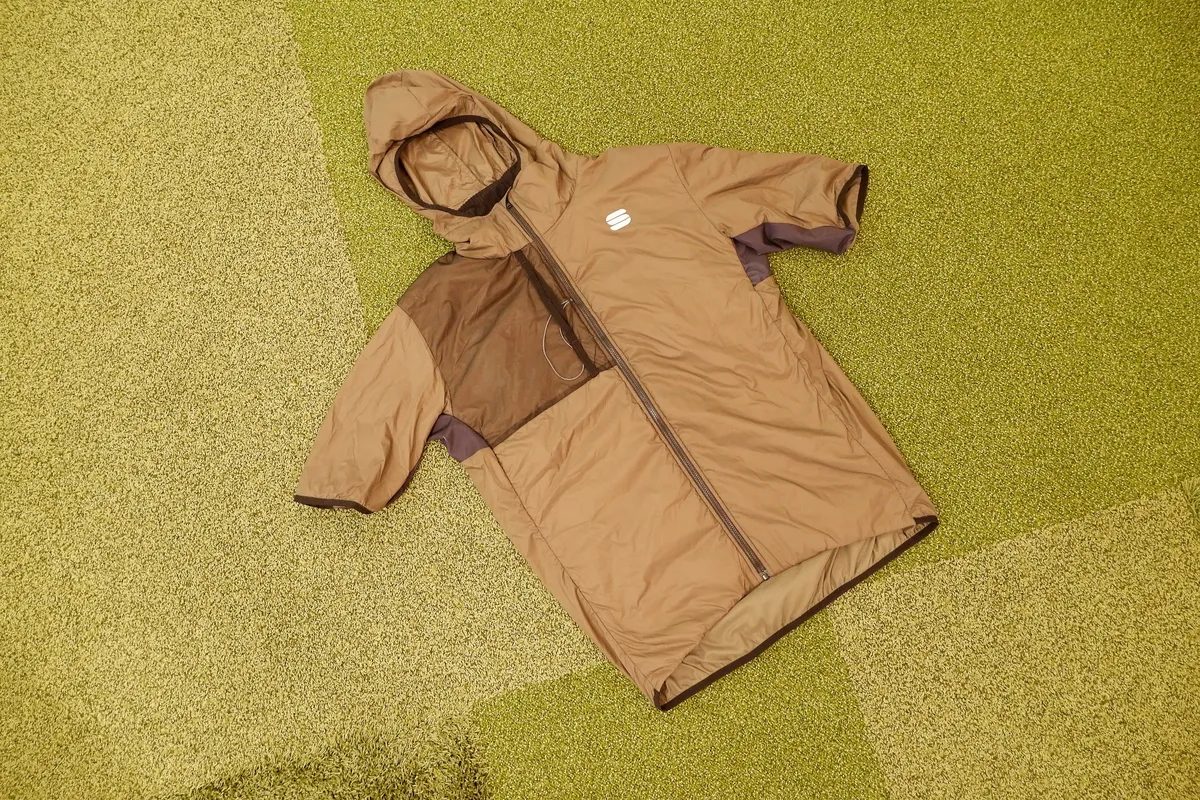
Warren: “My autumn cycling clothing has to be adaptable.
“My jersey has to handle a bit of light rain, like the Sportful Fiandre.
“There are the Castelli Perfetto and Gabba.
“Isadore’s Gravel Jersey is a wool mix and great for colder days.
“I add in a pair of arm warmers. Sportful NoRains are my go-to.
“I like a gilet you can pack down to the size of a ping pong ball.
“I’m not a fan of overshoes. In winter, I prefer to wear winter boots.
“I do like toe covers, like a VeloToze.
“Jacket-wise, I can’t see past the Gore Shakedry. It’s expensive, but it’s waterproof, packs down and still does the job."
Tom: "The Sportful Supergiara Puffy is a short-sleeved insulated jacket. It lets your arm breathe and keeps your core warm. It looks unique, but works well."
Why do freehubs make a noise?
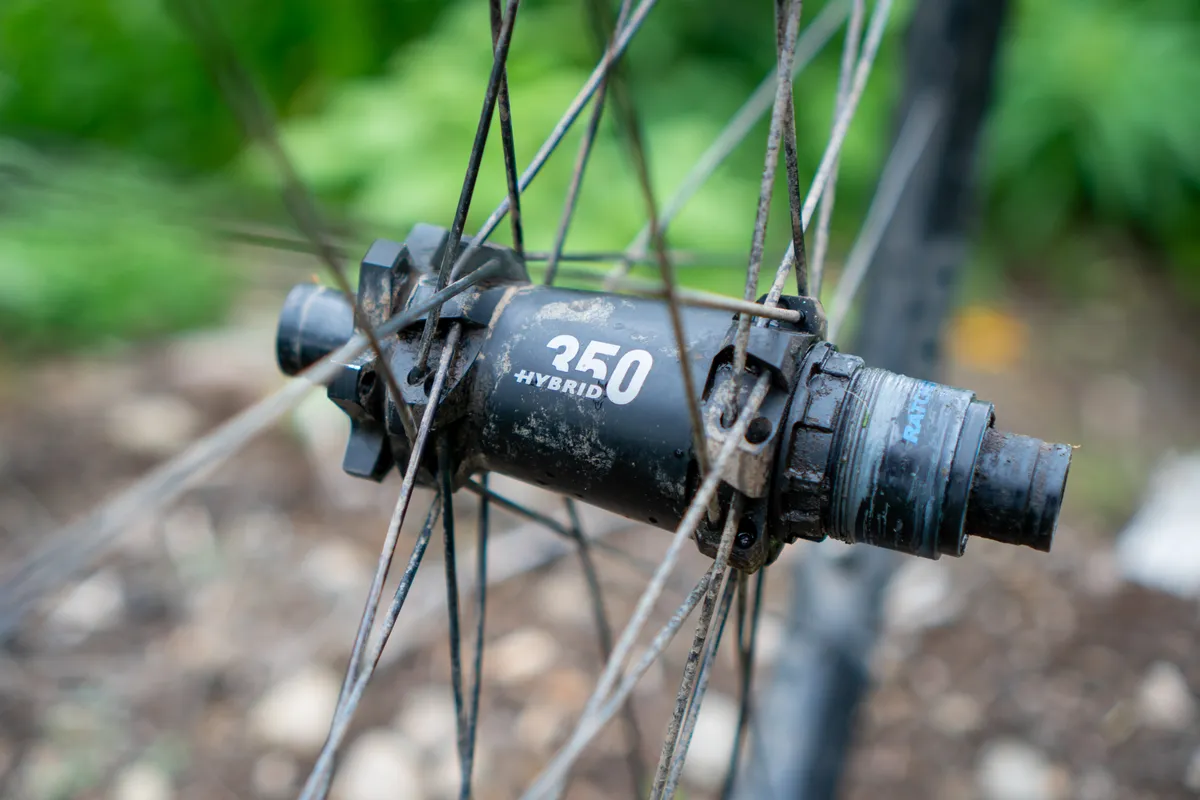
Warren: “The reason freehubs make a noise is their spring-loaded pawls. They are directional, so only engage the freehub body when you pedal.
“When you stop pedalling, the pawls rock back against their drive ring springs and the noise is the pawls against the drive ring teeth.
“The level of noise depends on the number of teeth in the drive ring and how fast the wheel is rotating.
“Most quality hubs have a more complex ratchet system. The drive ring will have more teeth and pawls.
“So the loudest freehubs tend to have more teeth, like Chris King hubs, which have a 72-tooth ratchet.
“Keeping your freehub clean and properly lubricated will keep it quieter.
“A badly lubricated freehub will be noisier and won't last as long.”
